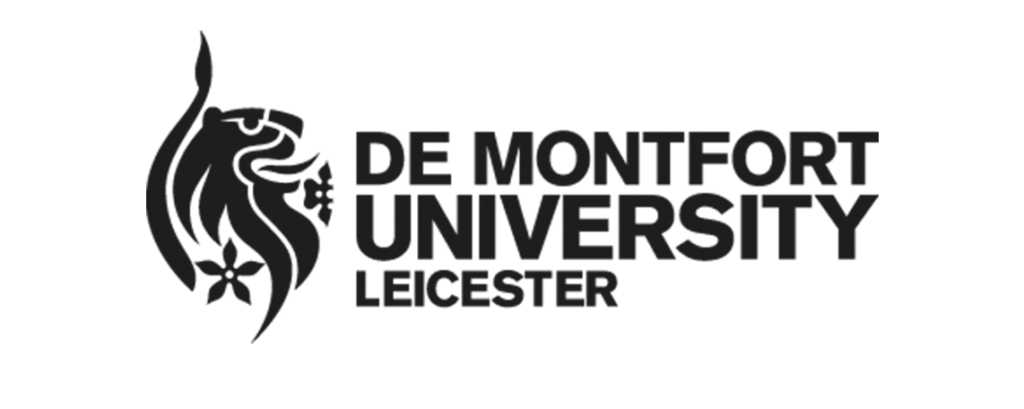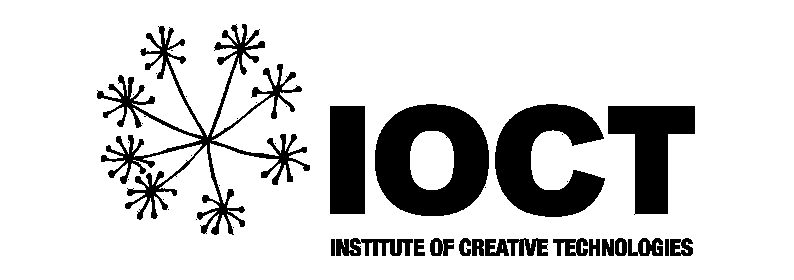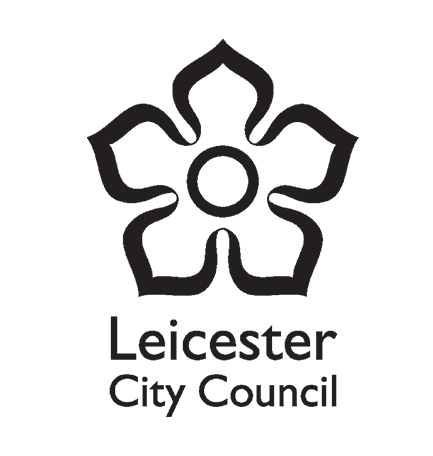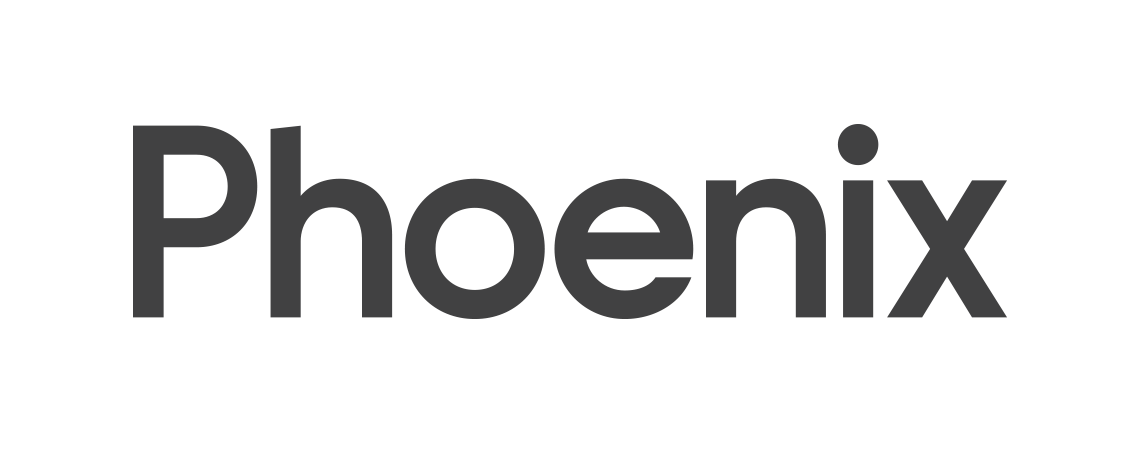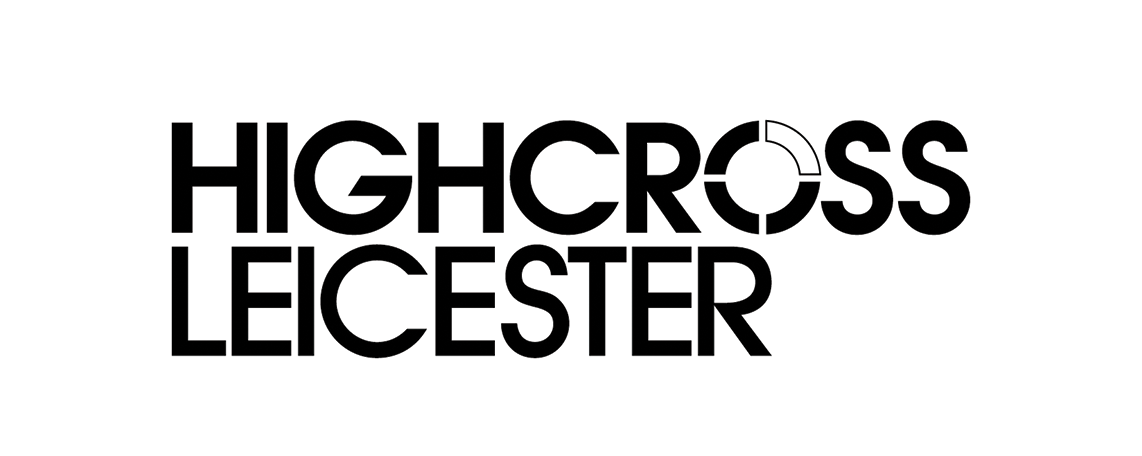We are currently undertaking research into the impact of the Art AI Festival on its stakeholders, including artists, suppliers, partners, funders and venues. If you would like to participate, we’d love to hear from you. Please do get in touch with the Festival Director, Tracy Harwood (ArtAIFest@gmail.com).
Summary of the Art AI Festival
Art AI Festival
- 2018 developed as an annual event by partners Harwood (De Montfort University), Elliott (independent curator), Tyrer (Phoenix) and Tallack (Highcross Leicester)
- 2019 awarded Best Innovation in Creative Sector, LeicestershireLive Annual Awards
- 2020 postponed due to COVID
- 2021 ran in a long format (rather than originally planned six months) from 1May to 31 March 2022. Included two artworks co-located at Dubai Expo 2020 in UK Pavilion and in Leicester which ran from 1 October 2021 to 31 March 2022
- 2022 included four artworks, two (extended venue) co-located at Dubai Expo 2020 in UK Pavilion and in Leicester, as part of Heritage Action Zone (Leicester City Council project) from 1 February 2022 to 31 March 2022
- 2022 January joined the UK Science Festival Network Association
Festival Aim
- To generate awareness among a general public audience in Leicester of the roles and potentials of artificial intelligence (AI) through an art festival
Objectives
- Position art that demonstrates AI and ‘smartness’ in the public realm
- Work with partners to develop a general public engagement strategy
- Promote and support creative technologists working with artificial intelligence to raise questions about its capabilities and potentials
Strategy
- Work with partners Phoenix, Highcross and Elliott to identify creative technologists and suitable locations for work
- Develop an event that reaches across communities and general public in Leicester
- Develop a lead website for the festival: www.art.ai.io (previously art-ai.dmu.ac.uk)
- Build general awareness of the festival through site promotion and social media
- Devise a stratified structure to knowledge exchange demonstrating key trends in creative AI applications
- generate interest at site of artwork (awareness)
- basic information at site of artwork for low level engagement (interest)
- link to website at site of artwork (QR) for high level engagement (desire/action)
- [online] programme of artist talks for professional interest (desire/action)
Summary of Artworks/Activities
2018, 14-31 May
| Artwork/Activity | Venues | Creative AI / application |
| HumanMachine performance | Phoenix | generative interactive |
| KittyAI installation | Phoenix | commentary |
| #LoveApparatus installation | Highcross, smartphone | generative interactive |
| 11 talks/workshops/ events | Highcross, Phoenix, De Montfort Uni (DMU) | commentary |
| 6 film screenings | Phoenix | commentary |
Summary est reach
- Footfall 630K
- Press 200K
- Online 195K
2019, 1-31 May
| Artwork/Activity | Venues | Creative AI / application |
| Improbotics performance | Phoenix | generative interactive |
| Interstitial Space installation | Phoenix | generative interactive |
| Neural Synthesis installation | NHS Neville Centre, Central Library | generative |
| Neural Zoo artworks | Haymarket/Highcross Shopping Centres | generative |
| Useless Machines video artwork | Haymarket Theatre | commentary |
| 1 conference | Phoenix | commentary |
| 6 film screenings | Phoenix | commentary |
| 2 lecture/events | Phoenix | commentary interactive |
Summary est reach
- Footfall 1.5M
- Press 3.5M
- Online 500K
2020, 1 Sept – 31 Mar 2021 incl Dubai Expo 2020
| Artwork/Activity | Venues | Creative AI / application |
| Postponed (COVID) |
2021-2022, 1 May 2021 – 31 Mar 2022
| Artwork/Activity | Venues | Creative AI / application |
| Improbotics performance | Online (YouTube channel – live stream) | generative, interactive |
| Hello Lamp Post installation | 16 city centre locations, smartphone | chatbot, interactive |
| Elvis installation | Haymarket/Highcross Shopping Centres | deepfake, commentary |
| Masked Reality installation | Haymarket | facial recognition, interactive |
| Hexells installation | LCB Depot, Green Dragon Square, smartphone | cellular automata, generative, interactive |
| PLEA installation | Central Library, Beta-X | robot, interactive |
| Watching video artwork | Phoenix | generative, commentary |
| Degenerative Cultures installation | Innovation Centre (DMU), Beta-X | generative, biohybrid, commentary |
| Cities Tango installation | UK Pavilion/Expo Dubai + LCB Depot, DMU LED screen, Beta-X | cybernetic system, interactive |
| ArchXtonic installation | UK Pavilion/Expo Dubai + Haymarket, Green Dragon Square, Beta-X | generative |
| 9 installation tasters | Online (YouTube channel – live stream) | commentary |
| 5 artist talks/panel | Online (YouTube channel – live stream) | commentary, interactive |
| 4 film screenings | Phoenix | commentary |
Summary est reach (interim)
UK
- Footfall 10M
- Press 3.2M
- Online 1.3M
Dubai (UK Pavilion)
Footfall 1M
Funders
- De Montfort University
- Arts Council England (Midlands)
- Phoenix
- Leicester City Council
- BID Leicester
- In-kind venues, promotion
Delivery partners
- Luba Elliott
- De Montfort University
- Phoenix
- Leicester City Council
- Venue partners
- Inspirate
- Interact Digital Arts
- Loyal Free App
Observations
One of the enduring themes in the arts is the emerging field of creative AI. From Ada Lovelace’s ‘poetical science’ proposition (1842) that an analytical engine may be used to solve problems of any complexity, to Alan Turing’s (1950) test that distinguishes machine from human intelligence in communication, to representations of AIs in science fiction such as Asimov’s I Robot (1950) and Clarke’s 2001: A Space Odyssey (1968), AI has been positioned as a potential originator of creative thought and output. Members of the British Computer Society’s special interest group on Computer Arts, such as pioneering computational artist Ernest Edmonds (who attended the meeting at which McCarthy coined the term ‘artificial intelligence’) and Harold Cohen, who built the first drawing ‘machine’ AARON in 1973, have been exploring the roles of computer-based technologies in creative practice since the late 1960s.
Creative AI is also being used to explore the state of the art and science of the technologies, pushing boundaries of practical use and advancing theories of how technologies may be developed. It is not uncommon to find AI technology developers such as Google (eg., Google Arts and Culture) and DeepMind with divisions and research teams which focus on creative practice using AI specifically with this aim in mind. Although not a new contention for creative practice, it was Google’s DeepDream (2015) that paved the wave for more artist-led projects using AI to become mainstream. Some such as Mario Klingemann (image analysis, Raster Fairy, 2016), Sunspring (screenplay written by AI, 2016) and Anna Ridler (ink drawings, Fall of the House of Usher, 2017) have used mainstreamed AIs to interrogate their own creative practice whilst others have used it to explore the impacts of AI more generally on society and our world. For example, Zach Blas (i’m here to learn so :))))))) Microsoft, 2016) used data from Twitter to create an imaginary 19-year-old American female millennial (Tay) that learned and imitated language but was aggressively trolled and within hours of release became ‘genocidal, homophobic, misogynist, racist, and a neo-Nazi’ resulting in the project being terminated after just one day; and Libby Heaney (Britbot, 2017) used data from the British Citizenship Test to explore the concept of ‘Britishness’ from a period of live interaction (between 2018-2019) with the general public, resulting in surreal responses which encouraged users to reassess key topics.
Many of the creative examples drawn on, however, have been literary, cinematic and gallery-based experiences, positioned as creative works for already engaged audiences. The various creative applications of AI demonstrate its potentials and topical issues identified by computer scientists, a breadth of disciplinary experts and politicians who call for wider and more transparent public engagement to assure knowledge exchange is prioritised and the dystopian scenarios portrayed are ultimately avoided. There is now a growing interest in interactive artworks in the public realm, and a growing breadth of creative applications of artificial intelligence in development. Placing such work in the public realm, where local stakeholders (businesses, general public) can engage in everyday activities such as routine work and employment practices, socializing, walking, retail, entertainment and absorbing the local environment, is one potential way that awareness, interest and understanding may be increased. The Art AI Festival therefore explores how public realm interventions showcasing applications of creative AI may be used to stimulate wider understanding of the current and future state of AI. Research into Art AI Festival stakeholder impacts is currently being undertaken. Stakeholders are those directly involved as a funder, partner, venue, creative or supplier to the Art AI Festival. Preliminary findings highlight –
- Decreasing spend on public realm arts and culture generally, reliance on third party entities (eg., Art AI Festival et al) and cultural funding to support development of activities
- Significance of fictionalized representations in shaping perceptions of AI and an increased recognition of the value of AI and its broad benefits and impacts, beyond its fictionalized representations (eg., among businesses, institutions, venues) albeit a generally low level of knowledge about its implementation and application
- Difficulty in establishing baseline information about citizen adoption, use and understanding of a range of AI applications – people are unwilling to talk about technologies they do not fully understand
- Among venues, the importance of the stratified approach to audience engagement (awareness, interest, desire, action)
- Willingness of businesses, institutions, venues operating in the public realm to participate in collaborative and partnership activities eg., with universities, festivals, that communicate the roles and potentials of emerging technologies – in part this is due to a realization that novel activities generally support footfall across the cityscape. In the case of the Art AI Festival, the event is seen as unique in the UK/region and something that may help ‘put the city on the map’ for cultural activities that promote technological advancements
- Observation that the public realm improves potential for access and participation in arts and culture, not least because the estate is already developed with multi-use access and retail environments are designed/maximised for footfall and user engagement
- Lack of digital infrastructure in the public realm that supports hybrid events including internet, power, screens, projection in the public realm
- Limited understanding of personal digital realm (personal technologies in use eg., smartphones) through which engagement may be supported eg., with interactive artworks, linking to key information, etc.
- Lack of knowledge among creatives on how to access existing resources within the city
- Limited awareness among venues/creatives of how to curate spaces and places in collaboration with key stakeholders
- Increasing recognition that public audiences demand more varied and dynamic interactive opportunities which in turn stimulates continual engagement with spaces and places (drives footfall beyond retail and food)
- The value of public realm arts and culture in supporting inter-generational engagement and community cohesion
- Perception of competition between public realm arts and culture and destination cultural propositions (eg., galleries, musuems)
A full analysis of our research findings will be published in due course.
Contacts
The research team comprises research assistant Georgios Kitsoleris and research lead Tracy Harwood, both of De Montfort University.
To contact the lead researcher Tracy, details are –
Prof Tracy Harwood
Professor of Digital Culture
Director, Art AI Festival
Institute of Creative Technologies
De Montfort University
E tharwood@dmu.ac.uk / ArtAIFest@gmail.com
@tgharwood / @ArtAIFestival
21 March 2022

